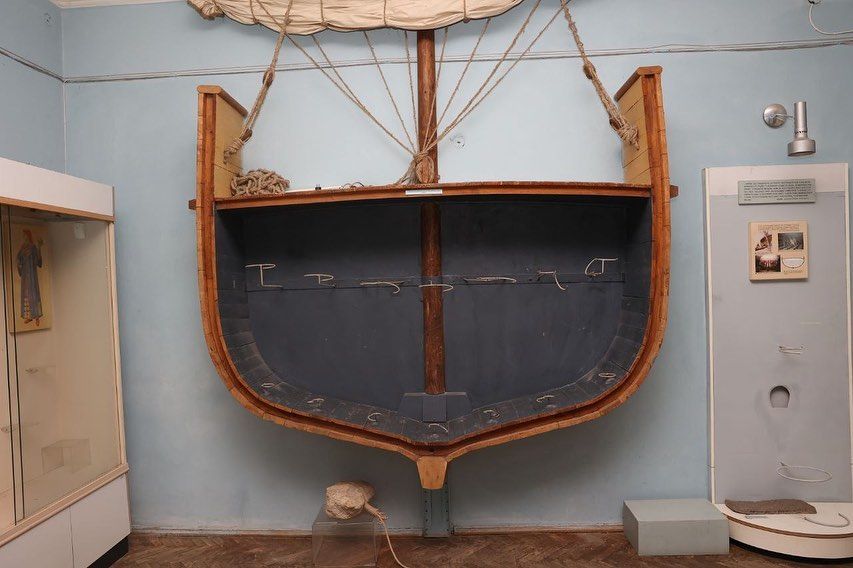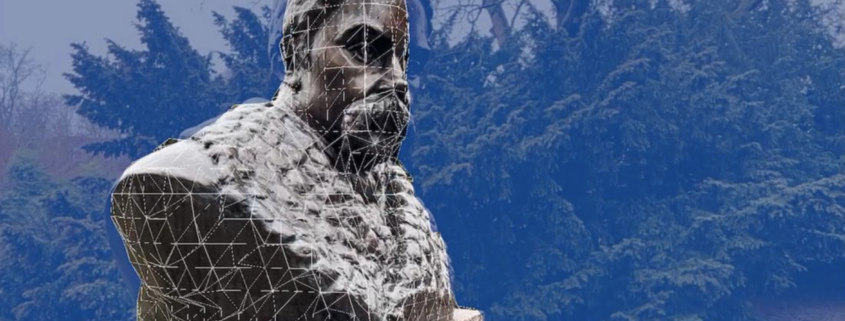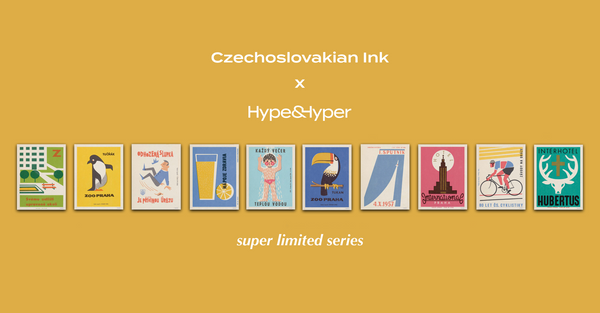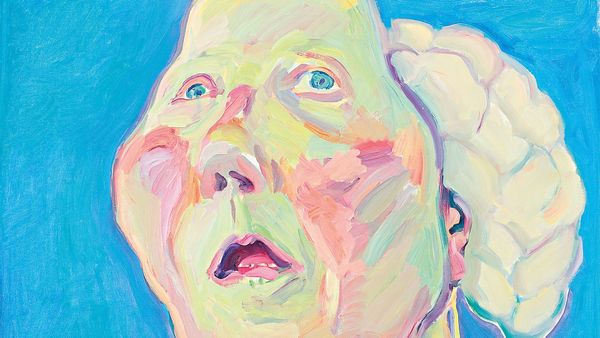In war, everyone does what they can to help, and that includes protecting cultural assets: groups of civilians are using the latest technologies to save, if not physically, then at least upload to the cloud, Ukraine’s most important treasures.
There is no need to go into the tragic impact of the war on the people of Ukraine; the losses should not be overlooked, nor should the damage to cultural assets. With the help of locals and satellite imagery, UNESCO is constantly assessing the country’s most important treasures and currently estimates that 253 monuments have been damaged, including religious sites, museums, libraries, buildings of historical or artistic significance, and other monuments. However, we have a slight reason to stay hopeful, as the World Heritage sites on UNESCO’s list remain intact, with the historic center of Odesa recently added to the list.
Empty display cases
But it’s not just bombings that should be feared, as looting has been ongoing in the occupied territories, with thousands of artifacts disappearing over the past year. Ukraine has accused Russia of violating the 1954 Hague Convention for the Protection of Cultural Property in the Event of Armed Conflict, which both countries both signed after WWII. Despite this, at least fifteen thousand works of art have disappeared since the outbreak of the war, and UNESCO is working hard to devise new strategies to prevent them from leaving the country and ending up on the black market. To this end, law enforcement officials in all the neighboring countries are being trained on how to identify and deal with these items. As part of this, an international training was held in Warsaw in January this year in cooperation with the local Ministry of Culture.

Security in the virtual space
In addition to official authorities, many civilians are also working to mitigate the damage. While it is almost impossible to prevent the destruction, two projects have set out to capture Ukraine’s artifacts in 3D modeling, in order to secure them in a virtual space where bombs can no longer reach. This will both preserve them in their original state for eternity and help in future restoration work.
Backup Ukraine
Behind the project are high-profile backers: the aforementioned UNESCO has been joined by Blue Shield Denmark and a virtual future agency from Vice. Best of all, the initiative is accessible to anyone with a smartphone, as all you have to do is download an app and scan the artwork in question from every angle. Of course, you can’t really capture church steeples with this technology, and there are plenty of people who have taken to archiving with more professional equipment, such as drones. For the larger tasks, the project managers prefer to entrust a small, controlled team to approach the more important monuments in consultation with the authorities.

#SaveUkrainianHeritage
Another campaign is strictly relying on professionals: Skeiron has a history of 3D modeling and uses specialized lasers and other tools that are now being deployed for public benefit. The team believes that wooden churches, of which there are thousands across Ukraine, should be prioritized, as they are particularly fire-prone and usually hold valuable paintings inside. The experts therefore not only use laser scanners to assess them but also take high-quality photogrammetric images. According to the counter available on the website, since the outbreak of the war, 39 very complex 3D models of buildings have been created as part of #SaveUkrainianHeritage, which can be viewed on their website. What is more, their database goes much further than that, as the company has already surveyed nearly 100 Ukrainian landmarks using this technique in previous years. They are continuing to work at full speed, and although civilians cannot help with their hands, the team is grateful for any financial support on their website for this very labor-intensive process.
Sources: UNESCO, World Economic Forum, ArtNews,
Cover photo: a 3D model of the cathedral in Lviv, source: Skeiron

New super limited edition poster collection arrives in the Hype Store

Creative women in the region | TOP 5










